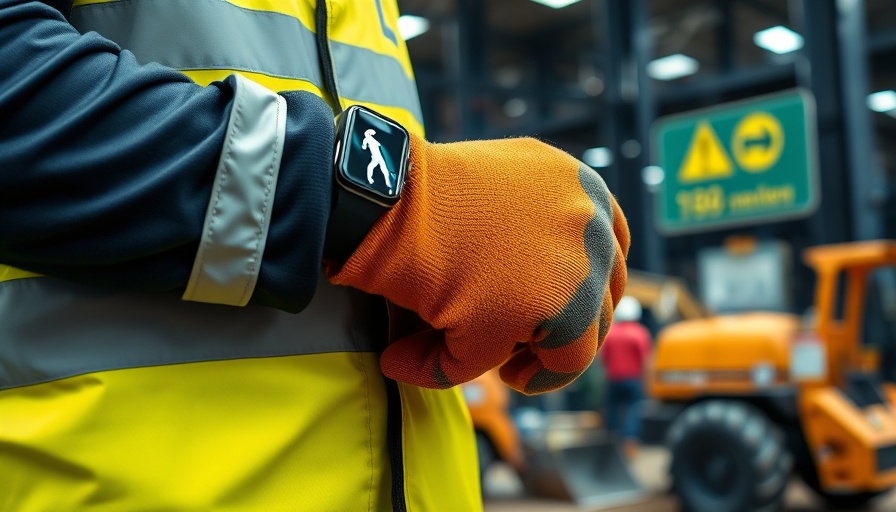
How Ideagen and Reactec are Reshaping Workplace Safety
In a strategic move that underscores the growing importance of workplace safety, Ideagen has expanded its safety solutions portfolio by acquiring Reactec, a pioneer in wearable safety technology. This acquisition is expected to enhance Ideagen’s offerings in health and safety compliance, especially in high-risk environments such as construction sites and industrial facilities.
The Significance of Wearable Safety Technology
Wearable technology in the workplace is becoming a game-changer, revolutionizing how employers manage safety and health risks. Reactec’s innovative solutions include wearable devices capable of monitoring exposure to hazardous conditions. By leveraging real-time data, businesses can improve their health and safety protocols, leading to fewer workplace accidents and enhanced employee well-being.
Strategic Implications for Business Owners
For business owners in construction and property development, the integration of Reactec’s technology into Ideagen’s suite presents numerous advantages. Firstly, it enables better compliance with regulations, a crucial aspect of mitigating legal risks and ensuring operational continuity. Secondly, by investing in worker safety through reliable technology, companies can attract and retain top talent, presenting themselves as desirable employers who prioritize the well-being of their teams.
Community Impact and Corporate Responsibility
This acquisition also highlights a broader trend among socially conscious businesses aimed at enhancing workplace environments not just for compliance, but as part of a larger commitment to corporate social responsibility. As companies increasingly prioritize health in the workplace, their influence extends beyond profits to positively affect community health.
Optimizing Spaces for Health and Safety
As a designer focusing on workspace optimization, integrating such technologies into building designs is essential. Considerations such as flow of activity and access to health monitoring tools can significantly enhance overall safety. Attention to the arrangement of workstations, communal areas, and emergency pathways ensures that safety is woven into the very fabric of the workplace design.
Future Trends in Workplace Safety Tech
The future of workplace safety technology is bright, characterized by advancements that promise even more sophisticated monitoring capabilities. With data analytics set to play a vital role, businesses can expect a shift toward predictive safety measures, where potential hazards are identified before they lead to incidents. This trend aligns well with the growing recognition that proactive health management can contribute to a company’s bottom line.
Steps Forward for Businesses
For companies looking to stay ahead in today’s competitive climate, the integration of advanced safety technologies should be seen as a priority. Whether it’s through adopting wearables or reconsidering workspace layouts, the importance of a safe environment cannot be overstated. Business leaders should assess current practices, invest in safety technologies, and commit to ongoing training to ensure that all employees are equipped with the knowledge they need to stay safe.
In conclusion, the acquisition of Reactec by Ideagen is more than a business transaction; it reflects a commitment to advancing workplace safety. As businesses navigate the complexities of modern environments, embracing these innovations will empower them to foster safer, healthier workplaces. Take action today by exploring safety solutions for your organization to enhance workforce wellness and productivity.
 Add Row
Add Row  Add
Add 




Write A Comment